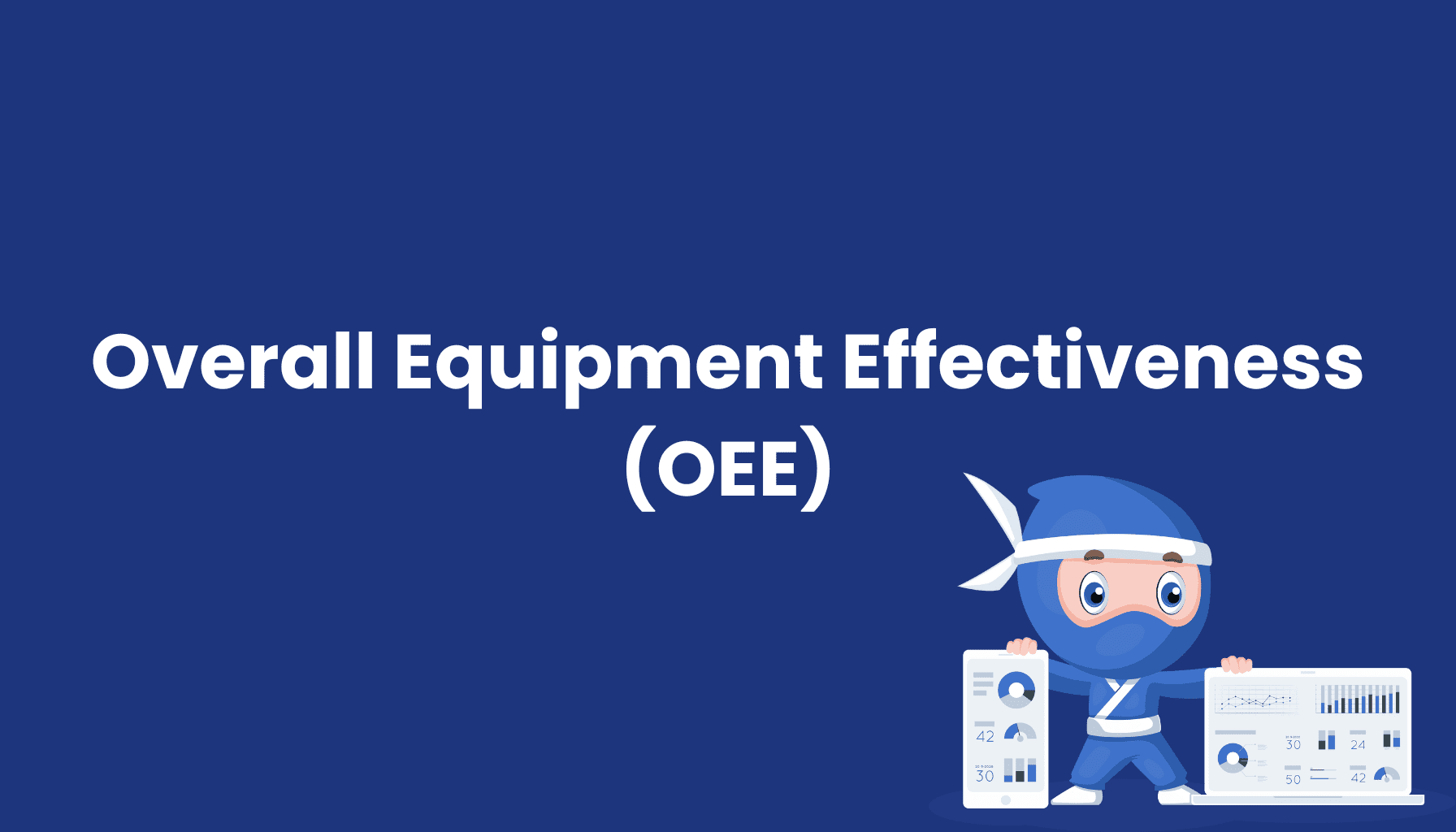Overall Equipment Effectiveness (OEE)

What is OEE (Overall Equipment Effectiveness)?
Overall Equipment Effectiveness (OEE) is a key metric used to measure the efficiency and productivity of manufacturing processes. It provides a comprehensive analysis of how well a manufacturing operation is utilized by assessing three critical factors: Availability, Performance, and Quality. This metric is crucial for identifying areas of improvement and optimizing production efficiency.
Core Elements of OEE
-
Availability: This factor measures the percentage of the scheduled production time that the equipment is actually operational and producing. Downtime due to equipment failures, maintenance, or other interruptions results in availability losses. High availability indicates that the machinery is reliable and consistently operational.
-
Performance: Performance measures how well the production speed compares to the maximum possible speed. Performance losses can occur due to slow cycles, minor stops, or inefficient processes. A high performance score means the production runs close to its maximum potential speed.
-
Quality: Quality assesses the proportion of good, sellable products out of the total production. Losses in quality are due to defects, rework, or scrap. A high-quality score signifies that the production process is producing outputs that meet quality standards consistently.
Importance of OEE in Manufacturing
OEE serves as a critical tool for monitoring and improving the efficiency of manufacturing operations. By analyzing OEE, companies can pinpoint specific areas where losses occur and implement targeted improvements. This process leads to increased productivity, reduced waste, and optimal use of production capacities, ultimately enhancing overall operational performance.
OEE - Further information
Discover our selected articles on OEE and how it can revolutionize your production processes below:
- Calculating OEE - Discover how you should go about calculating Overall Equipment Effectiveness and master the first steps to optimization.
- Six Big Losses - The most important causes of OEE losses - A detailed explanation of the 'Six Big Losses' that can occur in production and their impact on the OEE factors.
- The Benefits of automated OEE measurement - Automated OEE measurement assures you of high accuracy, consistent data, reliable real-time monitoring and much more.
- Why improving OEE lowers your production costs - Eliminating your sources of loss leads to cost savings and higher profits in addition to a higher OEE value.
- How to improve the OEE in your production - Learn how to increase the OEE value with your production team using an exemplary improvement process.
- The 6 most common OEE mistakes and how to avoid them - The most common mistakes in OEE measurement and how to avoid them to effectively reach your productivity target.
- Why OEE is one of the most important production metrics! - If your goal is to achieve more profitable production, then you should definitely know to what extent the OEE key figure can help you achieve this.
- What characterizes a good OEE score? - The determined OEE value can be a warning signal, an indication of average levels or an award.




